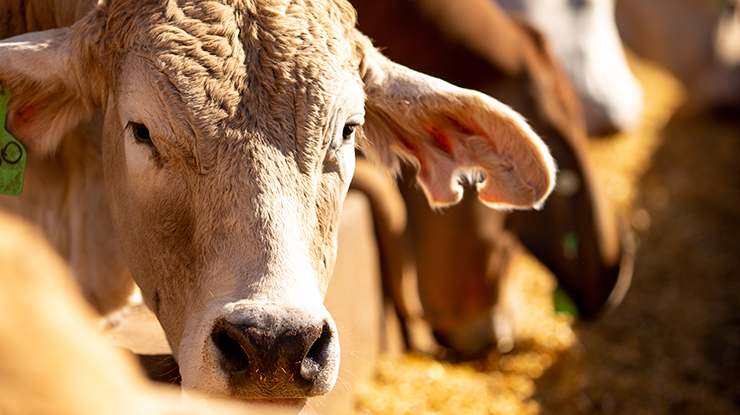ALFA leads the way with biosecurity initiatives
04 March 2024

Key points:
- Following the recent foot-and-mouth disease (FMD) and lumpy skin disease (LSD) episodes in Indonesia, MLA has funded the ALFA EAD Biosecurity project to improve the preparedness of the feedlot industry to respond to exotic diseases.
- Funding will deliver a feedlot biosecurity manager and a suite of ready to use tools for Australian lot feeders.
Meat & Livestock Australia (MLA) and The Australian Lot Feeders’ Association (ALFA) are working together to champion biosecurity preparedness for exotic animal disease (EAD) threats through the provision of a biosecurity manager for Australian lot feeders as well as tools to arm the industry in the event of an incursion.
Tools at hand
Barb Madden, President of ALFA, explained that the main priority of the newly funded position, ‘Manager – Feedlot Biosecurity’, is to deliver the five objectives of the ALFA EAD Biosecurity project (see box below). Rachael O’Brien has been appointed to this role and will oversee the development of a range of tools that will aid Australian feedlot enterprises to respond to an EAD incursion in Australia to protect their businesses.
“The tools will include templates and guides on how to strengthen biosecurity practices to best manage animal health in a feedlot during an EAD response,” Barb said.
“The biosecurity manager will physically visit lot feeding regions and conduct a series of workshops and extension days covering pre and post EAD tools and resources.
“They’ll also work closely with feedlots to workshop how to use these tools and resources to build EAD capacity and confidence for individual feedlots,” she said.
Five objectives of the ALFA exotic animal disease biosecurity projectObjective 1: Review the AUSVETPLAN ‘Enterprise manual for beef feedlots’ (last updated in 2010). Objective 2: Develop ‘Model feedlot operational procedures’ for preventing and responding to an FMD/LSD incursion that meet AUSVETPLAN and National Feedlot Accreditation Scheme requirements. Objective 3: Build feedlot enterprise capability to prevent and respond to an FMD/LSD incursion at the feedlot enterprise level. Objective 4: Build feedlot industry service providers’ knowledge and understanding of the feedlot industry’s ‘Model feedlot operational procedures’ for preventing and responding to an FMD/LSD incursion. Objective 5: Build ALFA exotic animal disease response capacity. |
Overcoming access challenges
In an effort to address the need for more accessible biosecurity resources for many of Australia’s regionally located feedlots, the new role aims to boost awareness of new and existing frameworks that govern an EAD incursion, including the role of governments and peak industry councils in decision making.
“We want those in the feedlot industry to be more aware of the tools on offer and the support available to their people and businesses,” Barb said.
Looking ahead
ALFA will continue to search for opportunities to address gaps in EAD preparedness to better prepare the feedlot industry for an EAD incursion.
“Having a person on-the-ground, dedicated to this task will keep the Australian lot feeding industry in good hands,” Barb said.


